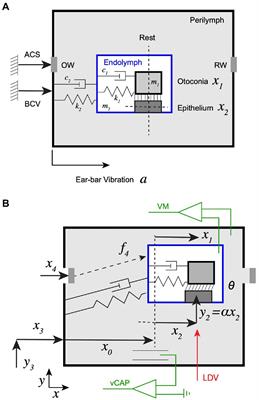ORIGINAL RESEARCH
Published on 18 Dec 2024
Toward the Bayesian brain: a generative model of information transmission by vestibular sensory neurons
doi 10.3389/fneur.2024.1465211
- 507 views
5,383
Total downloads
18k
Total views and downloads
ORIGINAL RESEARCH
Published on 18 Dec 2024
ORIGINAL RESEARCH
Published on 13 Dec 2024
ORIGINAL RESEARCH
Published on 04 Jul 2024

ORIGINAL RESEARCH
Published on 07 May 2024
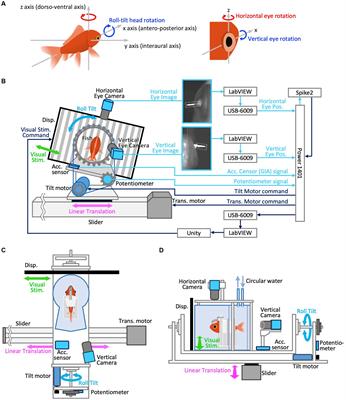
ORIGINAL RESEARCH
Published on 19 Dec 2023
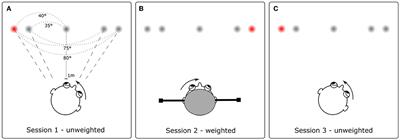
ORIGINAL RESEARCH
Published on 01 Dec 2023
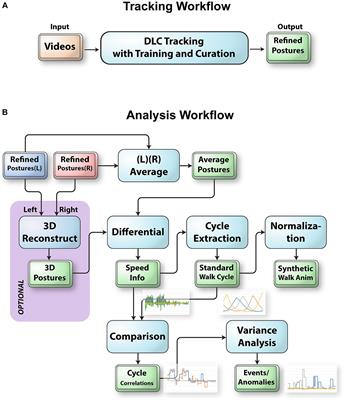
ORIGINAL RESEARCH
Published on 23 Nov 2023
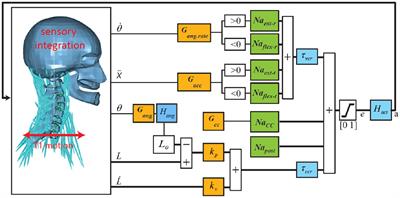
ORIGINAL RESEARCH
Published on 16 Nov 2023
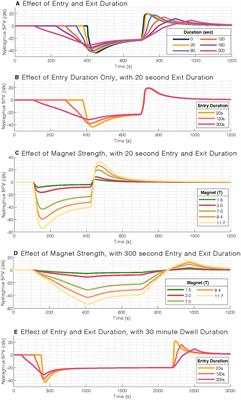
REVIEW
Published on 13 Sep 2023
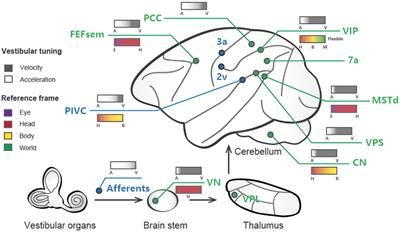
REVIEW
Published on 26 Apr 2023

ORIGINAL RESEARCH
Published on 27 Mar 2023
